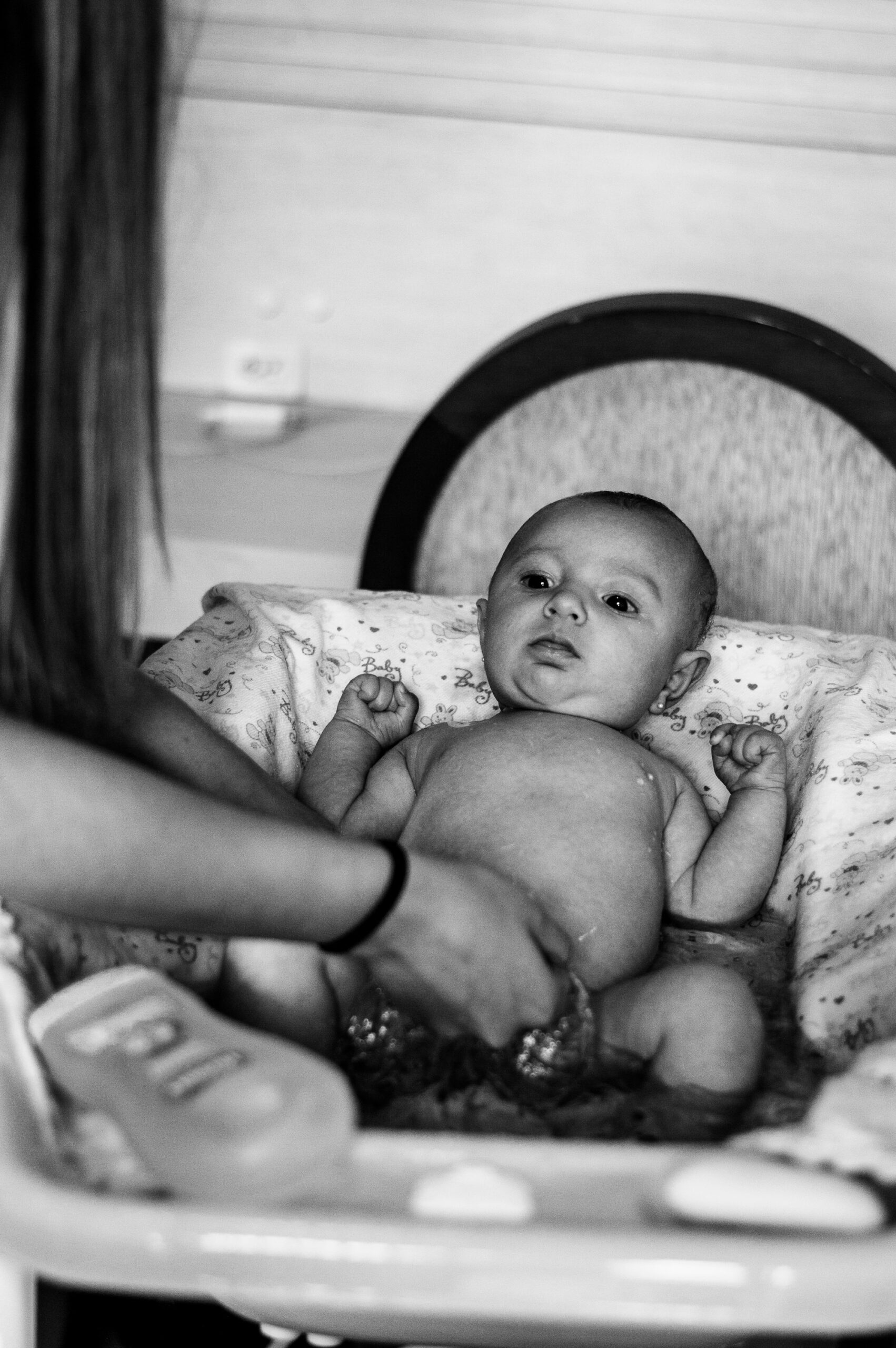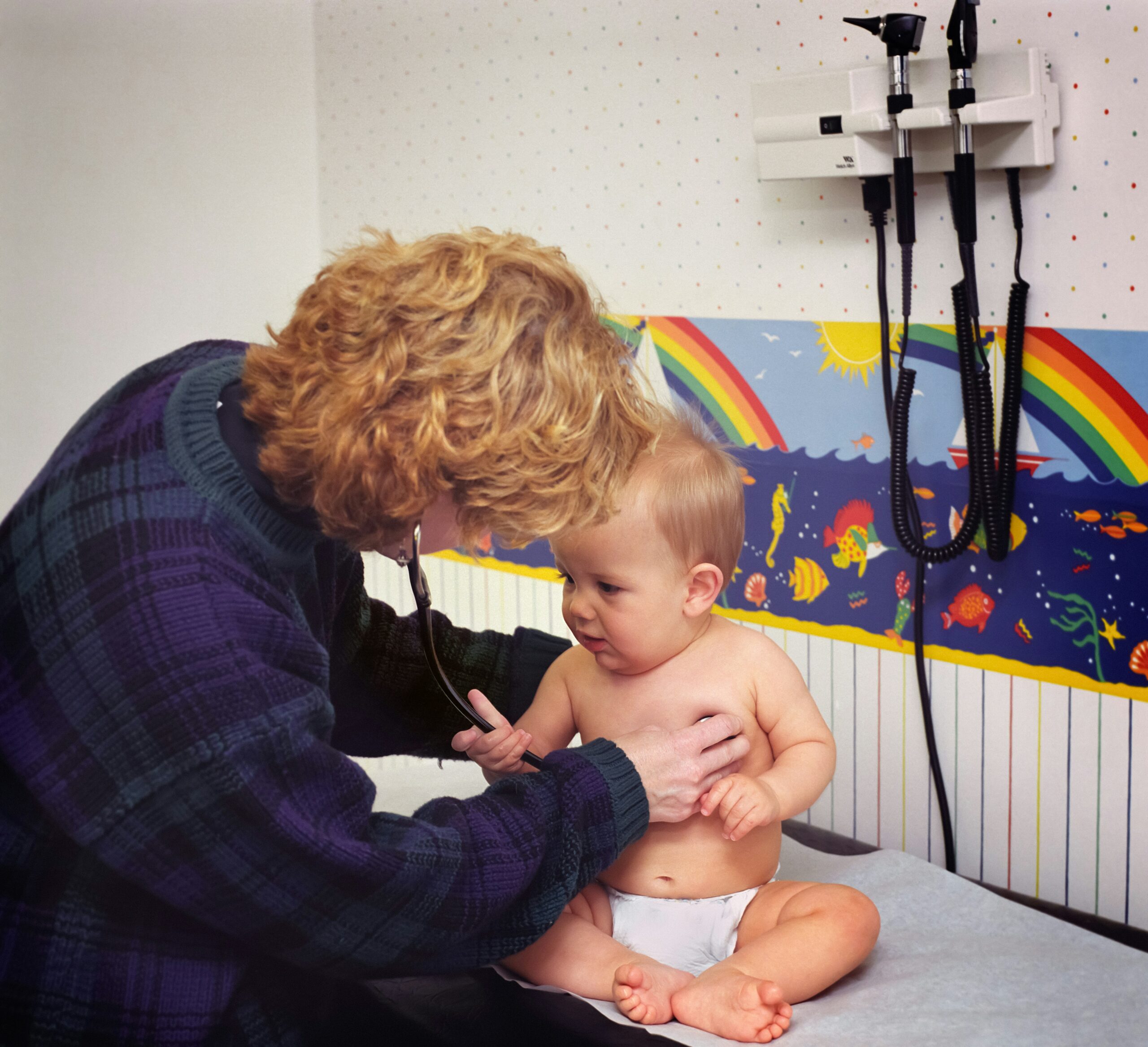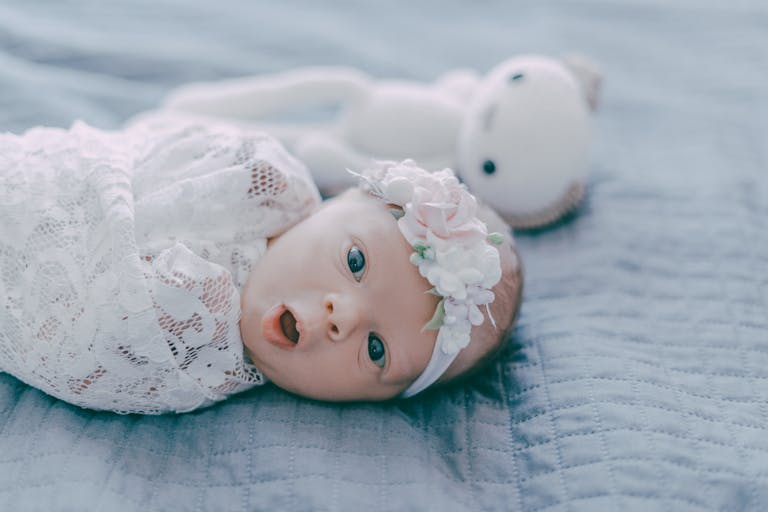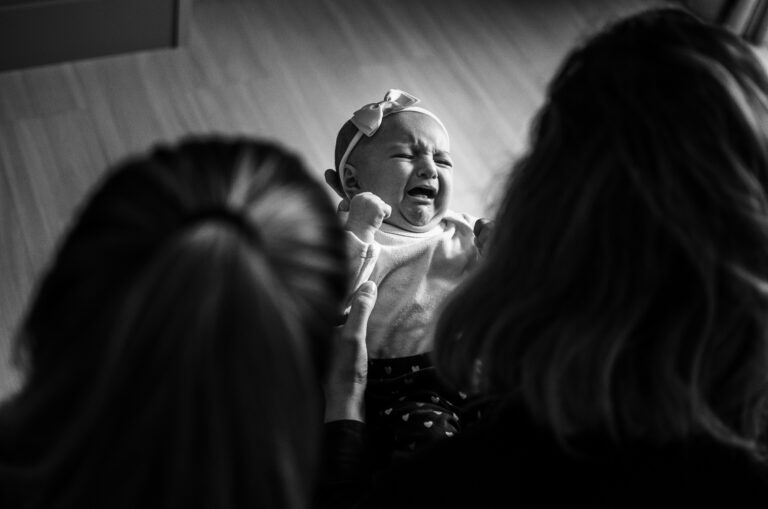A newborn bath—those few quiet moments when soapy water meets impossibly delicate skin—is anything but trivial for parents. Questions swirl: When is the “right” time? Would babies benefit from frequent bathing, or does soap threaten their fragile barrier? Maybe your child shrieks at the water’s touch, or perhaps you’re desperately seeking an anchor in your daily routine. The newborn bath isn’t simply about cleanliness; it weaves together skin health, sleep rituals, microbiome science, and the emotional tapestry of parenting. Parents face choices over cleansers, cultural customs, and how to soothe a crying baby—all while ensuring every gesture is safe. Throughout this guide, you’ll find practical advice, scientific clarifications, and gentle encouragement to respond to your own instincts, offering reassurance and strategies to transform a newborn bath from a point of stress into a moment of comfort, discovery, and bonding.
Understanding the Foundations: Why the Newborn Bath Matters
Why does the newborn bath spark so many questions among new parents? Imagine a world where a baby’s skin—far thinner and more permeable than that of an adult—demands protection, not just from visible grime, but from invisible microbial threats and environmental irritants. A proper newborn bath does more than clean; it manages the skin’s pH, supports the skin microbiome, and may even influence the baby’s developing immune system.
Contrary to popular culture’s daily bath routine, medical experts—including the World Health Organization (WHO)—suggest a gentler rhythm. Preserving the vernix caseosa (that creamy, white shield babies are born with), delaying the initial newborn bath for at least 24 hours, isn’t merely tradition. This biofilm acts as a natural moisturizer and antibacterial barrier, reducing trans-epidermal water loss and supporting skin barrier function. Each newborn bath, then, isn’t just a matter of technique, but of timing and physiology.
When and How Often? Demystifying Newborn Bath Frequency
How often should a newborn bath occur? Science leans towards moderation: bathing two to three times per week usually suffices for most healthy newborns. Babies don’t sweat heavily or face daily encounters with dirt the way toddlers might. Overbathing, on the other hand, may strip essential oils, leading to dryness, irritation, or even the worsening of conditions such as atopic dermatitis (infant eczema).
Yet every baby—like every family—is unique. Enjoying daily newborn baths is possible as long as you keep a watchful eye for red flags: flaking, redness, or uncomfortable dryness. Adaptation is key; some infants find comfort in evening baths, others respond better to a quick morning routine. Listen to your baby’s cues and adjust the newborn bath schedule as you see fit. Avoid immersing your baby immediately after feeding or during periods of hunger; such timing missteps can take what should be a soothing experience and tip it toward distress.
Setting the Stage: Safe, Warm, and Comfortable Bath Environments
Imagine this: a shivering baby, a parent scrambling for a towel, water that’s either cold as mountain springs or distractingly steamy. Preparation matters—a newborn bath should happen in a draft-free environment with a stable room temperature (ideally 71.6–77°F or 22–25°C). Water temperature deserves equal vigilance: keep it close to body temperature, about 98.6°F (37°C), and always check with a bath thermometer or your wrist.
Gather supplies before you undress your baby. Essentials include:
- An infant bath tub or bath support sling
- Soft, hooded towels (for warmth and wrapping)
- Mild, fragrance-free cleansers—look for “pH-balanced” labels or consult your healthcare provider for recommendations
- Washcloth or gentle sponge
- Bath thermometer
- Fresh diaper and clean clothes
- Optional: bath toys (distraction can be an excellent tool)
Parents often worry about water depth. Pediatric guidelines propose no more than 2 inches (5 cm) for the newborn bath, greatly reducing drowning risk. Consider a non-slip mat in the tub and keep everything in easy arm’s reach—so your baby, never left unsupervised, stays within a cocoon of safety.
Step by Step: Conducting the Newborn Bath with Precision (and Heart)
How do you perform a newborn bath without tears—either from the parent or the baby? Structure breeds confidence. Here’s a routine shaped by clinical knowledge as well as parental realities:
- Water Check: Confirm water is pleasantly warm, neither tepid nor hot.
- Gentle Undressing: Wrap your infant in a towel while undressing to minimize exposure and chills.
- Position and Support: Always support the head and neck. In enthusiasts’ accounts, a hand cradling the base of the baby’s skull offers unparalleled reassurance.
- Cleanse with Care: Use a damp washcloth or your hand to clean the face, behind the ears, within neck folds, between tiny fingers and toes, and across the diaper area. Start with the cleanest areas and leave the diaper region for last to minimize cross-contamination.
- Minimal Time in Water: Limit the newborn bath to five to ten minutes. Long immersion isn’t just unnecessary—it can contribute to skin dryness and body temperature fluctuations.
- Thorough Drying: Swiftly wrap your clean baby and gently pat all creases dry. Retained moisture, especially in skin folds, invites rashes and irritation.
If the umbilical cord stump remains, stick to a “sponge bath”: a soft damp cloth, no tub immersion, and meticulous attention to keeping the area dry. Infections can occur when moisture lingers near the healing site—be observant, and seek medical attention for redness, swelling, or discharge.
Creating Calm: Making the Newborn Bath Enjoyable
Is your baby startled by a newborn bath? Sometimes, despite perfect water temperature and gentle touch, babies flail or cry. Several strategies can help soften the experience:
- Engage with soothing voice and eye contact: narrate steps, sing, or coo reassuringly.
- Dim the lights; some babies respond to soft, warm ambient lighting, not glaring bulbs.
- Try a warm, damp cloth draped over the baby’s belly for extra security—an echo, perhaps, of amniotic comfort.
- Use distraction: bath toys can be more effective than anticipated, transforming bath time into exploration.
- Experiment with timing: some families find an evening newborn bath signals bedtime and encourages deeper sleep, while others opt for the alert curiosity of morning.
Products and Techniques: What Science and Experience Suggest
A newborn bath benefits profoundly from a less-is-more philosophy. Stick to fragrance-free, hypoallergenic cleansers and avoid adult soaps, which risk pH imbalance and allergic reactions. Select shampoos sparingly—use only “tear-free” types specifically developed for infants if needed. If bath products seem bewildering, dermatology societies and pediatricians suggest scanning ingredient lists for sodium laureth sulfate (avoid if possible) and favoring those without dyes and artificial perfumes.
Full immersion is not always necessary. “Top-and-tail” washing—cleaning just the face, hands, neck, and diaper area with a washcloth—is often enough on non-bath days, maintaining hygiene without overexposure.
Avoiding Common Pitfalls: Medical and Practical Guidance
Medical professionals frequently encounter the same avoidable missteps: water either too cold or scalding, multi-use family products unsuited for a baby’s delicate epidermis, inadequate supervision, or prolonged exposure. Always verify water temperature before every newborn bath—even if you have bathed three children already, conditions (and your faucet) may betray you.
Never leave a baby unattended, even if the phone rings or a sibling calls from another room. Accidents can occur in seconds.
Decoding Baby’s Skin: Scientific Insights for Parents
The science of a newborn’s skin is fascinating—and informs every newborn bath decision. It’s thinner, less keratinized, and carries a higher proportion of water. The aforementioned vernix caseosa is a naturally occurring emollient present at birth, vanishing within days to weeks. Excessive use of cleansers, particularly those with surfactants or fragrance, depletes this protective barrier, potentially disrupting the emerging skin microbiome and contributing to dermatitis.
If persistent dryness occurs after a newborn bath, apply an unscented, dye-free moisturizer to damp skin; consult your pediatrician for recommendations suited to eczema or other sensitivities.
Special Cases: Troubleshooting and Cultural Adaptation
Some babies react to water with suspicion—or outright protest. Anxiety rarely means you’re doing something wrong. Preference for warmth, the soothing effect of predictable touch, or even the rhythm of parental speech can flip a dreaded newborn bath into a safe haven. Adapt methods and routine to suit temperament.
If your baby has cradle cap—a scaly, yellowish rash on the scalp—use a very soft brush and a drop of gentle shampoo during a scheduled newborn bath (typically once or twice per week).
Respect traditional bathing rituals where they exist—certain families use specific cloths, times, or prayers—but always prioritize medical safety, such as correct water temperature and hygiene. Adjust for environment: in winter, increase room warmth; in summer, monitor for heat rash and practice extra hydration.
For premature or medically fragile infants, individualized recommendations from healthcare professionals take precedence. Safety standards are not one-size-fits-all for vulnerable babies.
Aftercare and Building Routines: What Follows a Newborn Bath?
Once the newborn bath ends, wrap your baby in a soft, dry towel, paying extra attention to skin folds. Dress quickly in clean clothes and a dry diaper. Nightly baths, if chosen, may trigger drowsiness—integrate other calming routines like massage, swaddling, and gentle singing to cement positive associations. Involving siblings—perhaps by fetching a towel or singing along—helps build family bonds.
Check your baby’s skin for any signs of irritation after each newborn bath: dry patches, redness, or unexplained rashes. Seek medical guidance if you observe swelling, hives, or persistent rashes, particularly near the umbilical area.
Key Takeaways
- The newborn bath is a gateway to skin health, emotional security, and gentle routine—don’t rush or overcomplicate it.
- Delay the baby’s first newborn bath to allow the vernix caseosa to protect and support the infant skin barrier.
- Two or three newborn baths per week suffice for most babies; personalize as needed, but steer clear of harsh or scented soaps.
- Always check the water temperature (37°C or 98.6°F)—never guess.
- Prepare a safe environment and never leave your baby unattended.
- Short, soothing newborn baths paired with gentle aftercare support positive skin outcomes and parent–child bonding.
- Observe for skin or behavioral changes, and ask your healthcare professional for advice if anything unusual persists or worries you.
- Personalized support is always within reach—explore resources and, for practical tools tailored to your routine, download the Heloa app for customized advice and free health questionnaires for your child.
Every newborn bath is an opportunity—a moment stitched with memory, science, and care.
Questions Parents Ask
How do you clean a newborn’s hair and scalp safely?
Taking care of your baby’s hair and scalp can at first seem intimidating, but it can easily become a gentle moment of connection. Wet a soft washcloth with warm (not hot) water. If your baby has visible grime or cradle cap, you may use a small amount of fragrance-free, mild baby shampoo. Gently wipe the scalp and hair with the damp cloth or your hand. There’s no need to scrub—soft movements are enough. Rinse thoroughly with another wet cloth to make sure no soap remains. Remember, daily shampooing isn’t necessary; once or twice a week typically works well for most newborns. For babies prone to dryness or cradle cap, a soft baby brush can help loosen any flakes after the bath.
What should I do if my newborn cries during baths?
Many babies express discomfort during their early baths, and this is completely normal—don’t worry if your little one objects at first. Try to ensure the room and water are comfortably warm, and speak or sing soothingly throughout the bath to create a sense of calm. Wrapping your baby loosely in a warm, wet washcloth during the bath can help provide comfort and a sense of security. You might also try adjusting the time of day for baths, as some babies prefer them in the evening, while others are calmer in the morning. If tears continue but your baby otherwise seems well after baths, it’s often simply a phase that will pass as your baby gets used to the new sensation.
Can I bathe my newborn before the umbilical cord stump falls off?
It is best to wait before fully immersing your newborn in water until the umbilical cord stump has naturally fallen off and the area is dry and healed. Until then, caring for your baby’s hygiene with a gentle sponge bath is recommended. Use a soft, damp cloth to clean the face, hands, neck, and diaper area, while keeping the umbilical cord site dry. If the area accidentally gets wet, just pat it dry carefully. This helps reduce the risk of irritation or infection as the stump heals. If you notice redness, swelling, or discharge around the cord site, it is advisable to consult your pediatrician for guidance.
Further reading:






